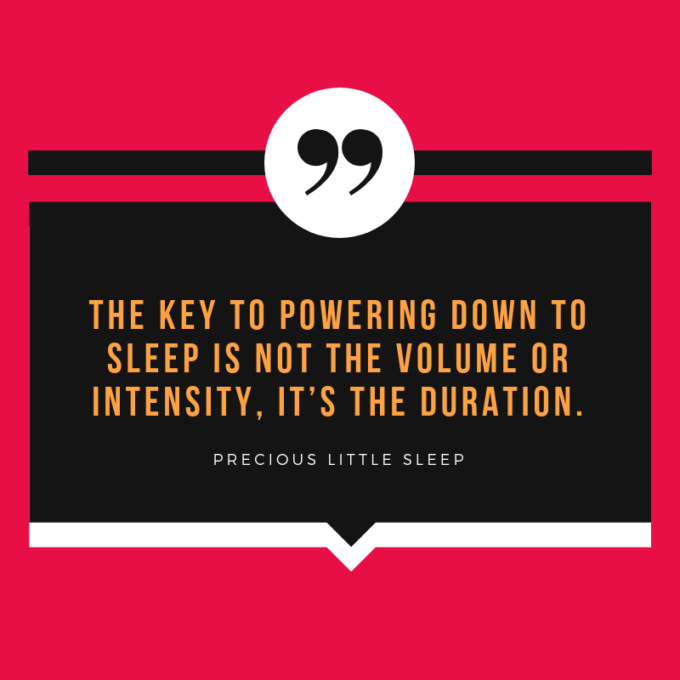I’ve written at length (here and here) about how essential it is to fall asleep independently. There are various approaches to achieving independent sleep (the book outlines at least 7) and it’s safe to say most parents approach this whole “independent sleep” thing with a fair amount of trepidation, so much so that rarely does anybody consider what bedtime will look like after independent sleep has been firmly established.
I think there is a vague sense that once you get over the independent sleep hump, your child will happily go into their crib, roll around a bit, chew their fists, and quietly fall asleep.
And sure, there are some kids who will do exactly that. There are kids who will actually *gasp* reach for the bed. It’s true! There exists in the world kids who are actually pretty chuffed about going to sleep!
However it’s also entirely possible that your child will master the art of falling asleep independently yet remain resolutely pissed off about the whole thing. Who will fight the bedtime routine like it’s their job.
Because you’re going to put them…in there.

Because you are a monster. Apparently.
Protesting Bedtime
Falling asleep independently is about helping your child develop the skill of falling asleep without any unsustainable sleep associations. Having the skill to do a thing, and being excited about doing a thing are two different things.
Parents are often concerned because their kiddo will start complaining during the bedtime routine even though the activities of the routine are theoretically things they enjoy. And I’m quite sure they do enjoy them, they’re complaining because they are wise enough to know that the bedtime routine leads to going to bed, something that most kids are not excited to do.
Or parents feel something is wrong because their kids didn’t used to protest going to bed. But here’s the rub, prior to independent sleep your child didn’t protest going to bed because they were unconscious when they went to bed. You would rock, bounce, nurse, feed to sleep and put your child in their bed after they were deeply asleep. You can’t protest something if you’re unaware of it happening.
Now they’re aware and unenthused about your whole “healthy sleep” plan and they yell at you about it. Which is their choice. Just as it is their choice to express their displeasure about a whole slew of things you do because it’s essential to their health and well-being – put on winter coats, strap into car seats, get vaccinated, etc.
Protesting bedtime is just that, protesting bedtime. Some parents call this “endless sleep training” but it’s not. Your child is telling you that they don’t want to go to sleep.
Power Down to Sleep
I call this powering down to sleep. They’re yelling at you because “ugh bedtime sucks.” Or they’re blowing off some steam. Some children seem to just need to let it all out before falling asleep. Everything they’ve held inside all day comes out with great gusto the minute they hit the bed.
Powering down can run the gamut from mild grumbles to SCREAMING TO WAKE THE DEAD. The key to healthy, normal powering down to sleep is not the volume or intensity, it’s the duration. If your child successfully falls asleep in under 15 minutes at bedtime, they’re doing great!
What a Successful Bedtime Looks Like
It is your job to have a lovely, consistent bedtime routine. It is your job to have a safe sleep space for your child. It is your job to help them develop the skills to fall asleep independent of unsustainable sleep associations. It is your child’s job to fall asleep. It is not their job to do so quietly.
A successful bedtime is one where:
- Your child falls asleep independently.
- Your child sleeps in a safe space.
- Your child falls asleep in less than ~15 minutes.
All human beings take a few minutes to fall asleep at night. What happens during that time is highly individual. But a child who blows off some steam, complains, tosses bunny out of the crib, etc. for a while at bedtime is doing what many normal, healthy little kids do. You can twist yourself in knots about it or accept that that is how your child chooses to use the time before falling asleep.
What if your kiddo routinely takes longer than 15 minutes to fall asleep at bedtime? There might be something gumming up the works. The book is a solid resource for troubleshooting bedtime struggles. But if your child falls asleep successfully and quickly (but not silently), they’re doing awesome!

